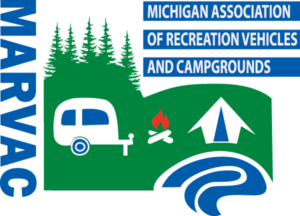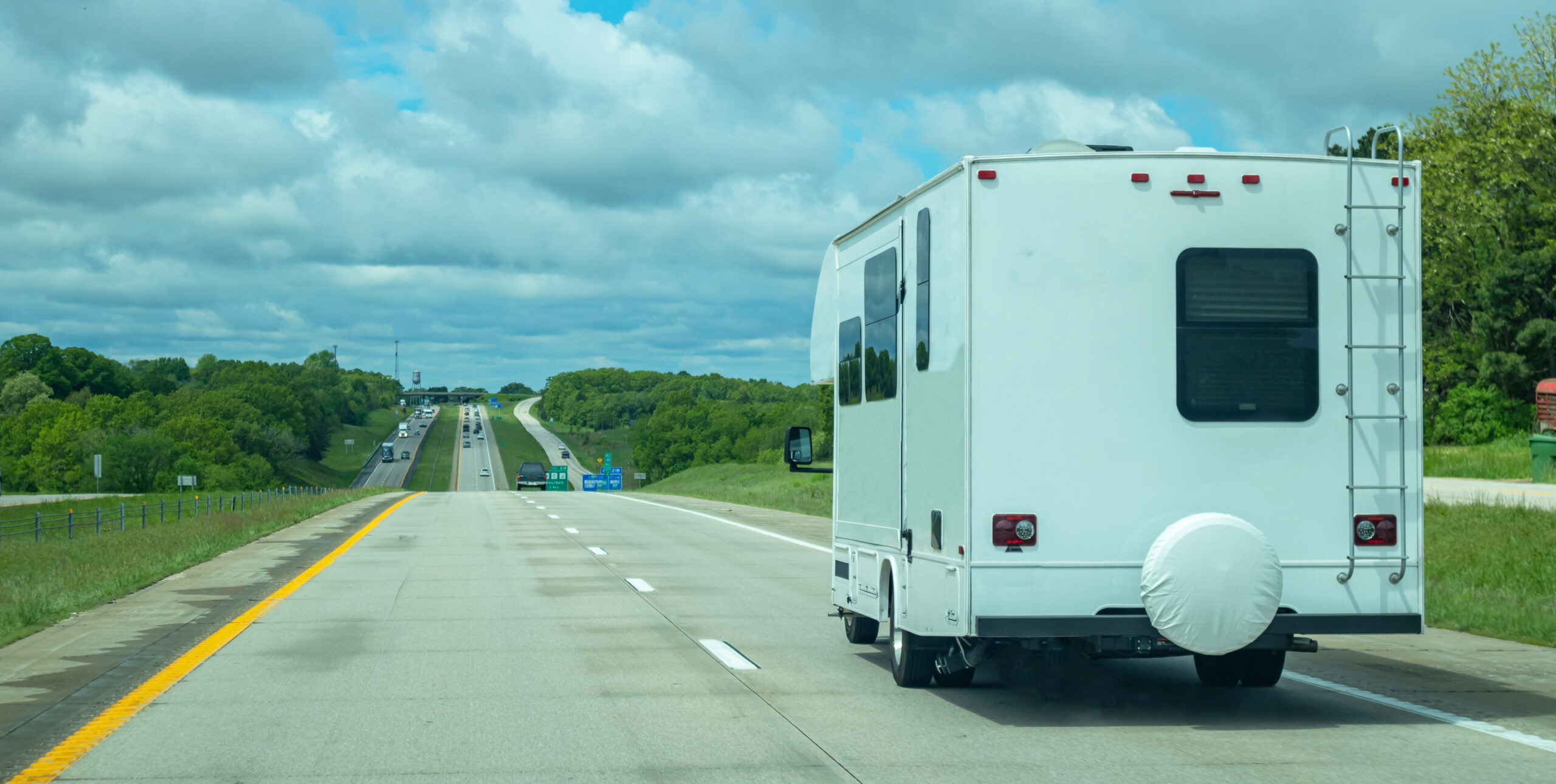RVing allows us to visit new and beautiful places. That’s a big reason many of us got into RVing in the first place. But it’s not all roses. There is a very real side to RV travel and RV ownership that can be stressful and daunting. However, if you take proactive steps and are prepared, you can tackle anything that comes your way during your trip with less frustration.
The first step to understanding what to do is to know your RV very well. If you took a video of the walkthrough when you purchased the unit, review it regularly to begin the process of truly knowing your RV – its systems and functionalities in particular as well as how to break down and set up camp. This video is useful in its entirety, but it’s also useful in part, as you can refer back to a portion of the video when you have a question pertaining to a certain area or function of the RV. You should also read through your owner’s manual and keep up with regular maintenance. (What is regular maintenance? Your odometer can help.) All of this allows you to be better equipped to respond should a need arise.
There are several items you should never leave home without. These are items that can get you back to camp, back on the road, or more comfortable at the campsite, so that you end up with only a temporary headache and not a completely ruined vacation.
Just in case items…
#1: Basic tool kit. You’d be surprised at how many simple fixes can be done with just a simple tool kit containing a hammer, screwdrivers, pliers, wrenches, and a level. Add to this a drill (with portable battery if possible), ratchets, electrical tape, and a voltmeter. An extra extension cord is also a good idea.
#2: A variety box of blade fuses or replacement relays (depending on your RV). Related to #1, you should have a collection of these squirreled away in case you need one during your trip. Fuses can be related to important aspects of your RV’s function, such as an automatic slide out or leveling jacks. It’s an inexpensive way to make a fix and avoid a costly service call.
#3: First aid kit. Sometimes the issue isn’t with the RV, it’s with yourself or the people you’re with. A first aid kit should include bandages of various sizes, disinfectant wipes, pain killers, and topical antihistamine cream and oral medicine. Outfit your kit based on your past experiences or known allergies or issues of your travel companions.
#4: Power bank. You don’t want to find yourself in a situation where your phone is on low battery or dead, and you are unable to connect power the traditional ways. A power bank can be a lifesaver and a handy thing to have in your arsenal of preparedness. Related, it’s a good idea to have an alternative way of connecting with the world in case your regular cell phone doesn’t want to connect. It can be a hot spot or another cell phone that utilizes a different provider or Starlink.
When you need to deal with an emergency…
#5: Roadside reflector kit. Hopefully you’re never in a situation where you need to change a tire on the side of a busy highway. Whether it’s a tire on your RV, on your toad, or on your tow vehicle, a roadside reflector kit is a handy item to keep you safe as you evaluate and potentially fix the problem from that shoulder location. This kit can be used day or night, and it’s a useful indication to fellow motorists, who are zipping by very quickly, that there is a problem to be avoided.
#6: 12-volt portable jump pack. This handy device can help you jumpstart most tow vehicles as well as supply emergency power to any 12V system in your RV in a pinch. Some even have a DC plug or USB port so that you can charge a phone and be able to call for roadside or emergency assistance. Still, it’s a good idea to also have your standard jumper cables included on your list, as they are more capable to jumpstart larger vehicles, such as a diesel truck. If you have a large tow vehicle, definitely include those.
#7: Jacks. Have one for your tow vehicle and another one for your RV if it’s a big or heavy rig. A trailer jack is useful in that you don’t have to depend on your RV’s leveling system (if you have one) to tilt the RV one way or another to work on the affected side. Some RVs have automatic leveling systems versus stabilizing jacks, which have different strengths. The best location to place a jack is behind the rear tire and on the frame rail as that causes the least stress on the frame. Another safety note, if you have a trailer and you need to work on a tire, stay attached to your tow vehicle in case the jack slips.
#8: Ratchet straps. Of all sizes. These are versatile and can be used for stabilizing many cargo items. The RV included, if you have a heavy-duty, long ratchet strap that can fit around a large object. It’s one of those things that you hopefully never have to use but would be eternally grateful to have if the need arises. The point of a ratchet strap for the RV itself is so that you can stabilize the RV enough to reach a more final destination for a fix to be made. Just be careful with how much tension you place on the strap as too much could cause additional damage to your RV.
For peace of mind at the campground…
#9: Stuff for the tires. The tires on your RV are essential for all of your exploration, so it’s important to keep them in the best shape possible. A campground stop can be a perfect opportunity to check on the health of your tires, including looking at the tread and taking pressure measurements with a digital gauge. At the campsite, you’ll need wheel chocks, a physical block situated behind the wheel, to prevent the RV from rolling. You may want to look into wheel stabilizers as well, which prevent tire shifts by being placed between tires. Reducing tire shifts can help extend the life of your tires. Leveling blocks, too, are essential for your RV’s stability and comfort on uneven terrain. Do your research to find the best for you, as there are a lot of design options out there.
#10: Alternative cooking methods. The Instant Pot has taken the world by storm, including the RV world. It’s fast, easy to transport, and can be utilized in many ways that give your other RV cooking appliances a break. Another must-have item for many RVers is an outdoor grill. There might be a spot on the exterior of the RV where a grill can be mounted, or you might want to bring a small free-standing grill to do your cooking. You get that smoky camping flavor as well as time outdoors, which is a win-win especially in the summertime when the interior of the RV might be a little toasty to begin with.
#11: Surge protector. You never know when a lighting storm may hit, or something wonky happens with the electrical system. That’s when a surge protector comes in handy to protect your expensive electronics. There has been a lot of innovation in this area as well, including smart technology with the capability to monitor and automatically shut off.
#12: Water pressure regulator. Preferably with an attached gauge. Many campgrounds and RV resorts have their water supply regulated, but you never know, and some locations have higher water pressure than others. A water pressure regulator is placed between the water source and the hose that leads to your RV and helps to regulate the pressure on the RV side of the valve.
#13: Portable air compressor: For bike tires, for inner tubes, for ATV tires, and yes, even to get a little air into those RV tires in a moment of need. A portable air compressor can be bought as an individual unit, or it may be incorporated into a multifunctional tool such as on a jump pack.
Just for fun…
#14: Bluetooth speaker. This isn’t essential for peace of mind or an emergency, but it is handy to have some fun at the campsite. You can bring your favorite music anywhere and have a good time. Isn’t that what camping is all about anyway?

